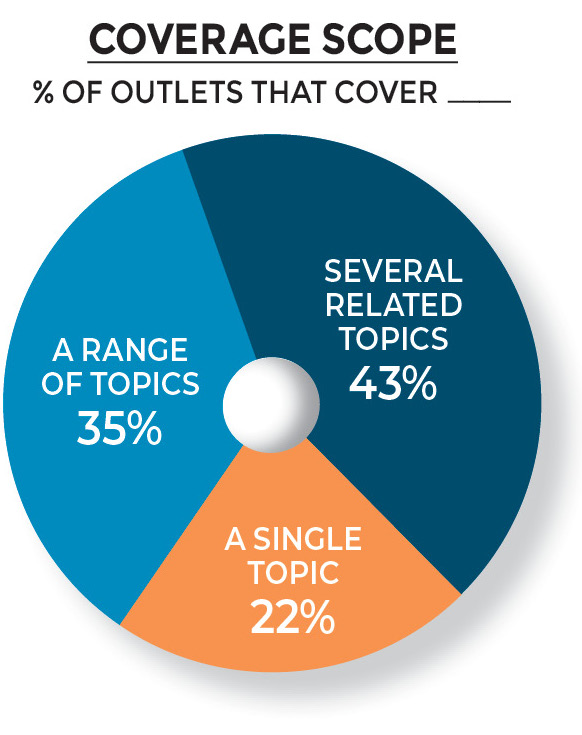
By Michele McLellan, Jesse Holcomb and Emily Roseman
Sept. 28, 2021
Definition: State and regional news outlets primarily focus on government policy or politics or topics of public interest such as health or the environment in a single state or in a region. There are 60 state and 21 regional outlets in this study. Together, they make less than one-third of the nonprofit news field.
TLDR: State and regional organizations have grown significantly in number in the past decade and now operate in 40 U.S. states, as well as Puerto Rico and at least one Canadian province. As a group, they lead the field in developing a revenue mix that balances multiple funding sources.
Growth: State-focused nonprofit news outlets often fill significant news and information gaps, and the trajectory of the state/regional organizations reflects that. Before 2008, there were only nine of them, about one-tenth of the field. When the last recession hit, cash-strapped legacy news organizations sharply reduced or eliminated state and regional coverage. Enter nonprofit news: 27 state and regional organizations launched between 2008 and 2011. Since then, the sector has enjoyed steady growth.
Mission: State and regional outlets are most likely to produce investigative or explanatory journalism. Nearly half have in-depth investigative reporting as their primary focus. They tend to cover a limited number of topics, such as environment, education and health, often under the umbrella of government coverage.

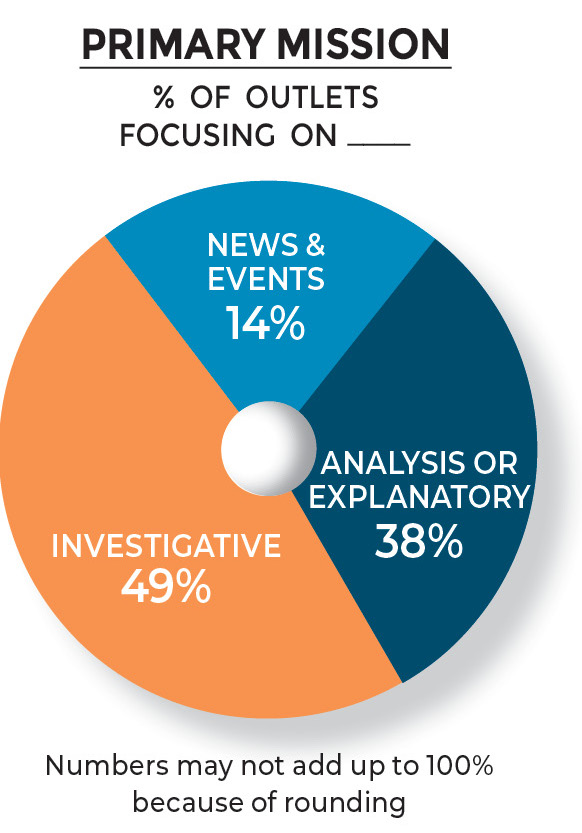
Total revenue: State and regional organizations tend to run lean operations. More than half operate on less than $500,000 in annual revenue, including four in 10 that take in less than $250,000. Median revenue in 2020 was $360,000. These outlets take in 26% of total nonprofit news revenue while representing 30% of the field.
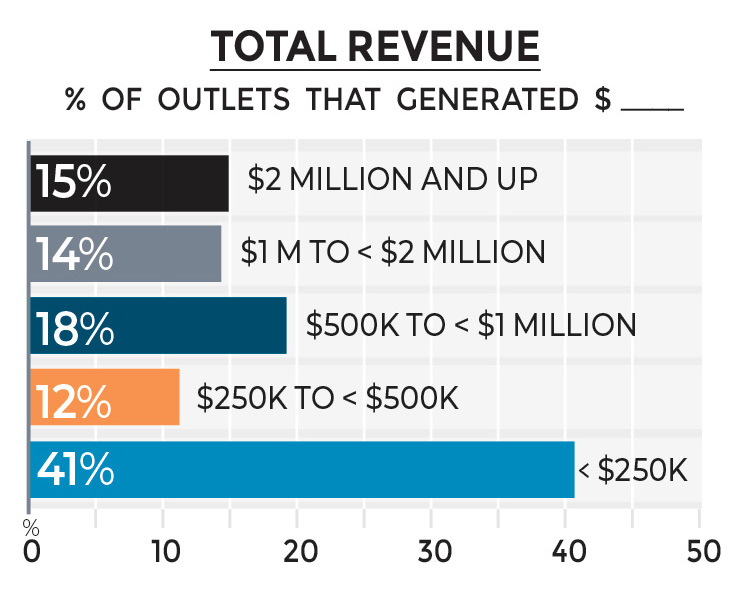
Revenue gains: Established organizations posted revenue gains between 2017, the year for which INN first collected data, and the latest survey covering 2020 operations. Among 33 state and regional outlets that provided revenue data for 2017 and for 2020, 22 reported revenue gains.
Revenue mix: State and regional outlets derive a significant share of their revenue from contributions: Individual giving nearly equals that of foundation grants as a share of total revenue. As such, they are less reliant on foundation funding than the rest of the field. The share of revenue they generate from earned income sources such as advertising and sponsorships has been on the rise, accounting for 20% of total revenue in 2020, compared with 14% field-wide
Revenue outlook: These organizations may be well positioned to lead the field in developing a balanced range of revenue sources, including from earned sources.
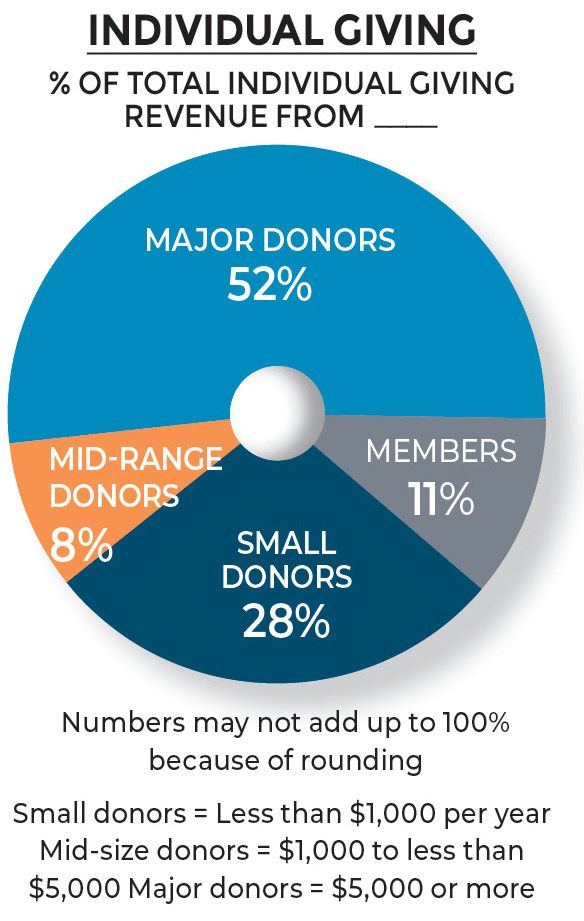
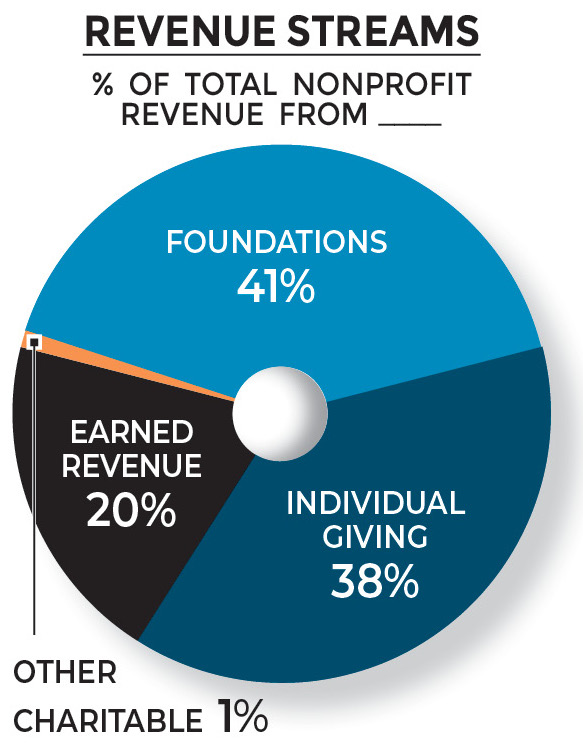
As a group, state and regional organizations have a lower percentage of employees of color than the rest of the field, a difference that is most pronounced at the top level, where only one in five executives is a person of color.
Many state and regional nonprofits operate with small staffs. The median staff size (full-time equivalents for staff and significant contractors) is 5.5, less than half the median of national organizations. The staff sizes range from 1 to 70. Only one-third have 10 or more.
Nearly two-thirds reach their audience primarily by direct means, a significant increase from four in 10 in 2017. These organizations traditionally relied heavily on reaching their audience through established third-party publications, such as local newspapers. But the field as a whole has been seeking to expand its direct audience and convert audience members into donors.
